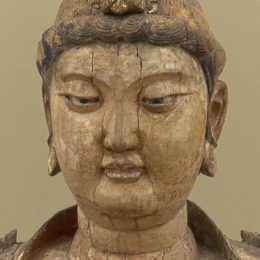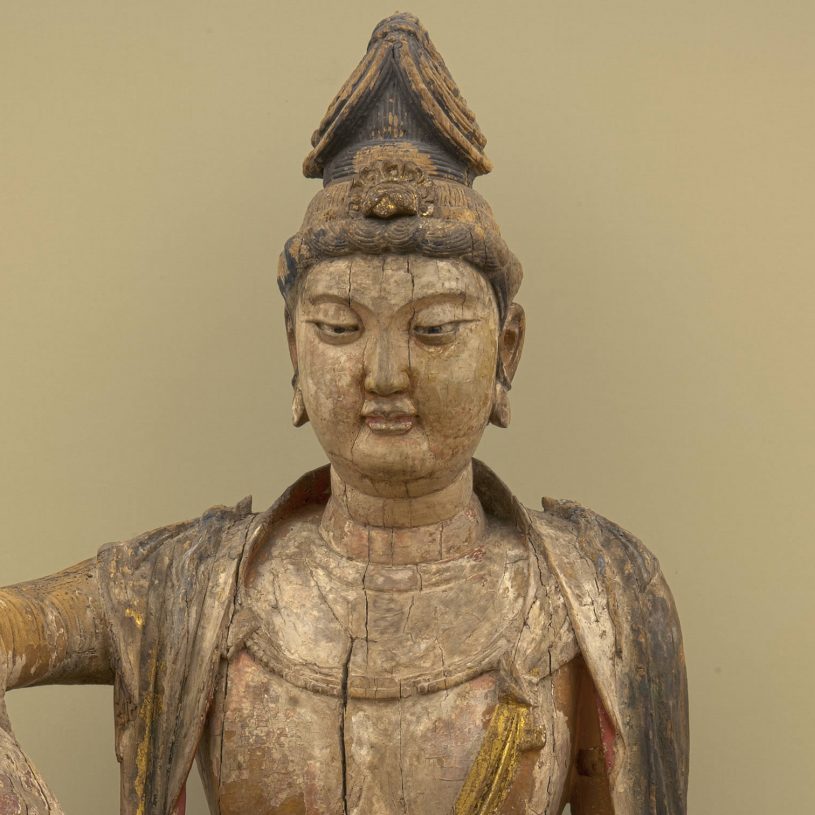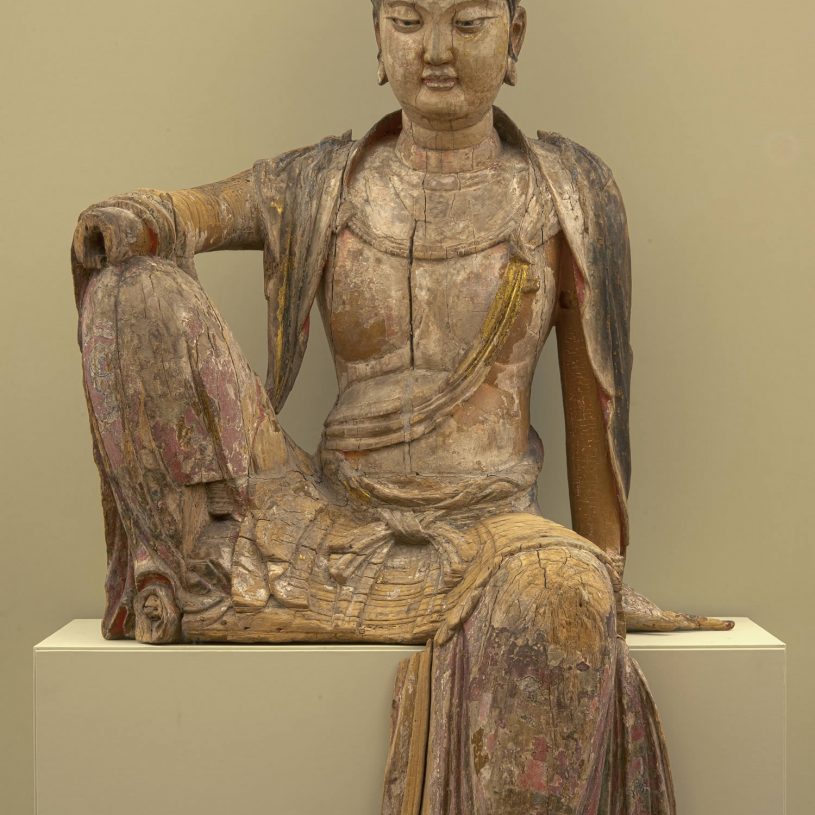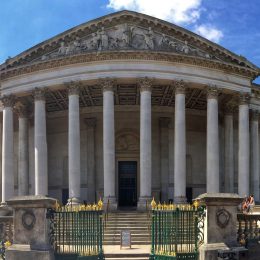Exploring the world of art, history, science and literature. Through Religion

Welcome to TreasureQuest!
Look through the treasures and answer the questions. You’ll collect jewels and for each level reached, earn certificates.
How far will you go?
You need an adult’s permission to join. Or play the game without joining, but you’ll not be able to save your progress.
The Bodhisattva is an enlightened and compassionate being, who postponed Buddhahood to help save others.






Are there links to current religious practices or a modern equivalent?
Bodhisattvas are a popular subject in historic and contemporary Buddhist art.

Where is it from, where is it now?

Websites
BBC Bitesize – Worship
Bitesize is the BBC’s free online study support resource for school-age students in the United Kingdom. It is designed to aid students in both schoolwork and, for older students, exams.











 Buddhism: A Very Short Introduction
Buddhism: A Very Short Introduction Faculty of Divinity
Faculty of Divinity